Introduction:
Chapursan Valley is situated in the remote expanses of Upper Hunza, Pakistan. This valley originates from Sost town along the Karakoram Highway and ends at Irshad Pass connecting the Wakhan Corridor of Afghanistan. The valley unveils a world of untouched beauty that remains a less traveled and unexplored region adorned with lonely snowy peaks. Comprising eight scattered villages, with Zood Khun marking its last village and BaBa Ghundi Ziarat as the furthest point, Chapursan Valley is a haven for cultural and adventurous treks on foot or horseback. A jeepable track connects Sost with BaBaG hundi Ziarat and it takes 4 to 5 hours to reach there. Beyond Ziarat it is on foot or horse/yak ride.
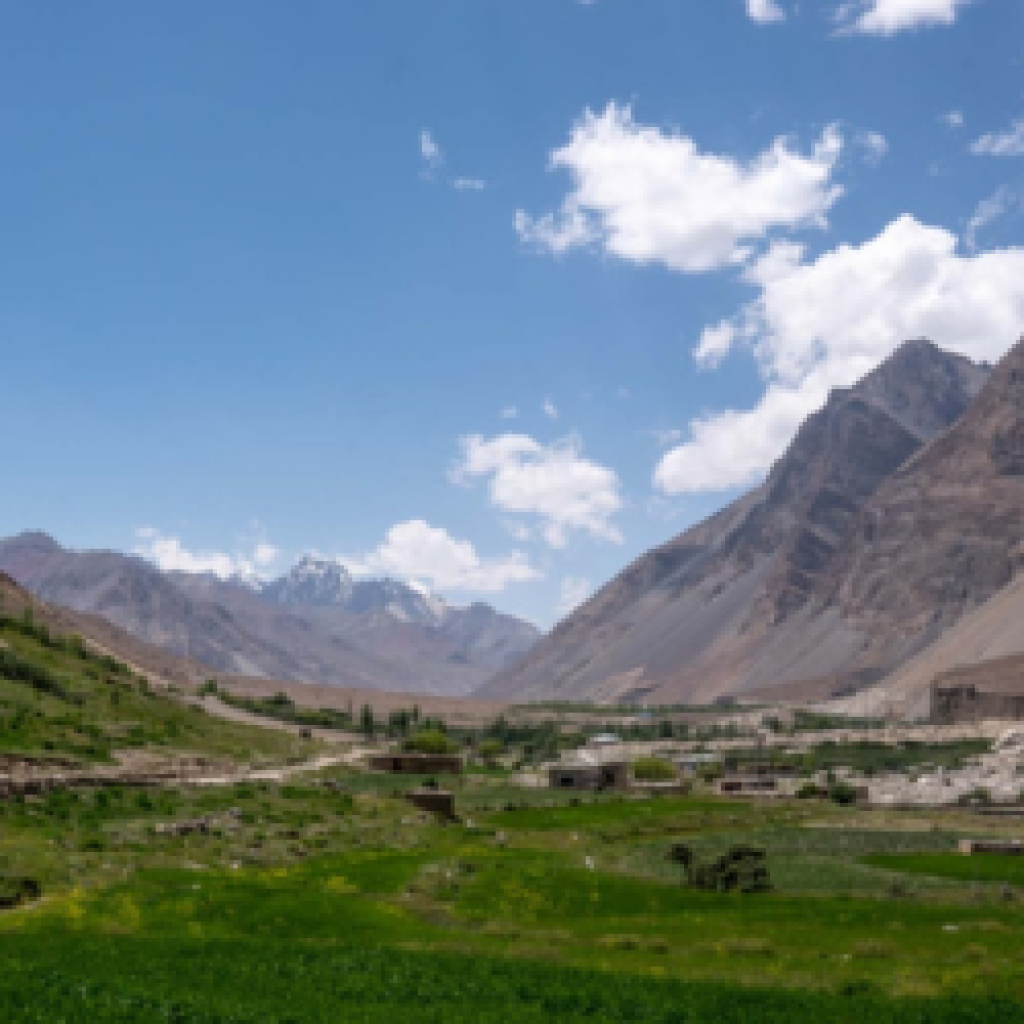
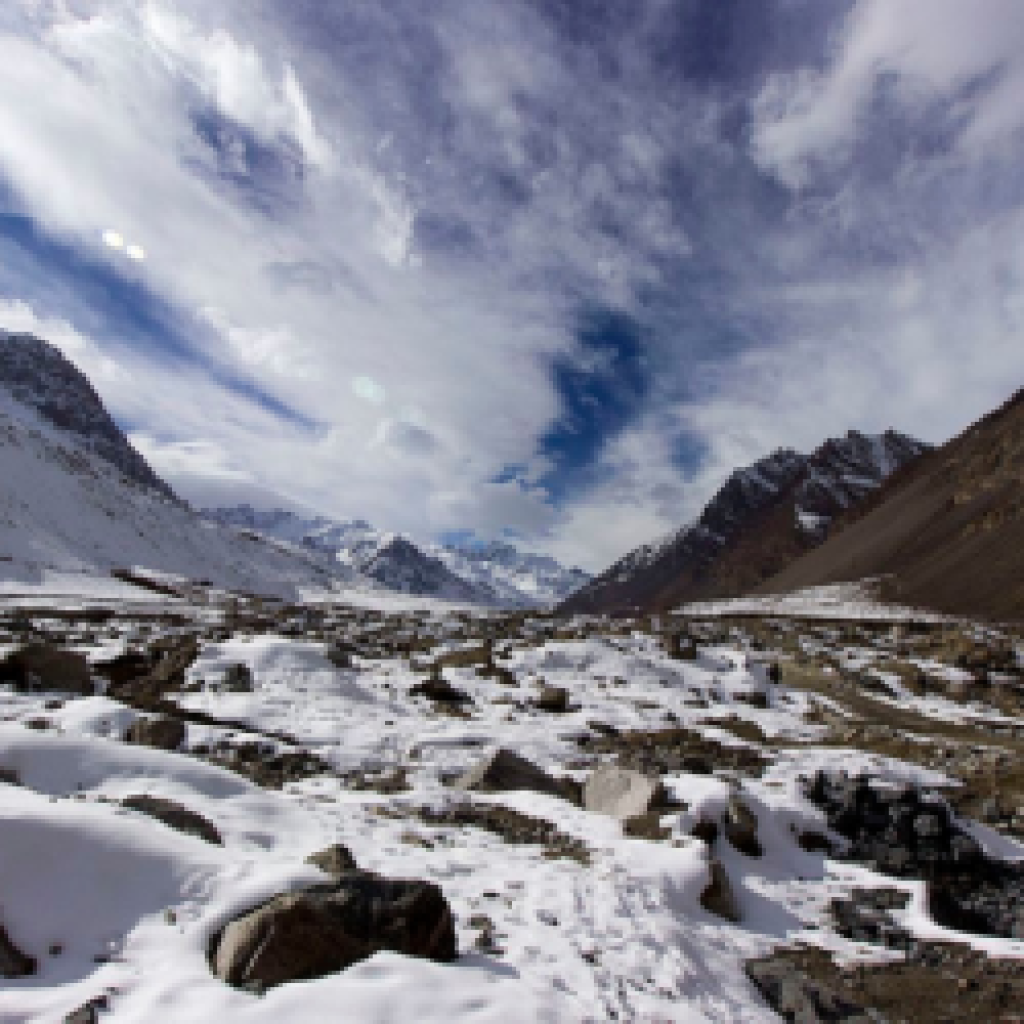
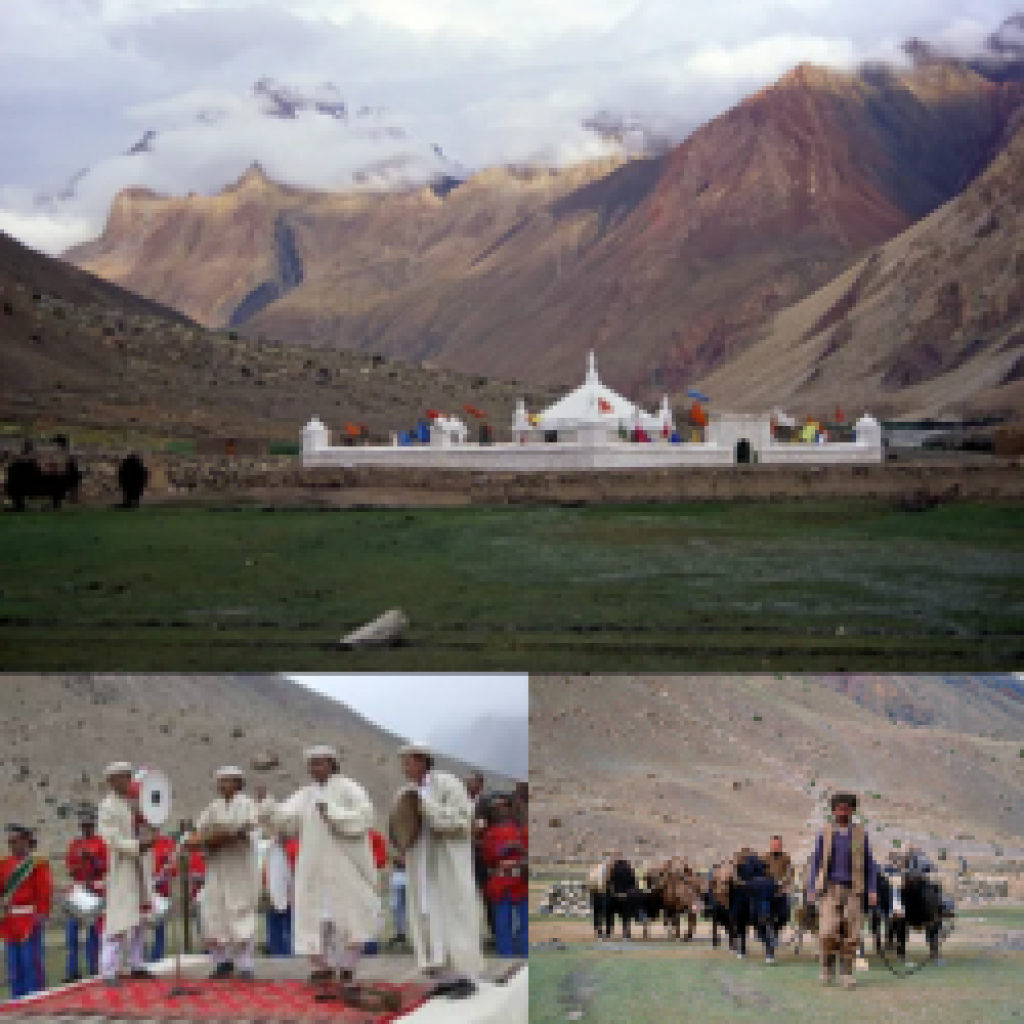
Table of Contents
Untouched Wilderness and Endless Opportunities:
Chapursan Valley, a part of Hunza Valley, runs parallel to the Wakhan Corridor of Afghanistan. Despite its remoteness, this valley stands as a trekking paradise, offering exceptional opportunities for exploration and an authentic experience of the renowned Wakhi hospitality and culture. The untouched wilderness, with its spectacular mountainous terrain, creates a serene backdrop for those seeking an escape into nature.
Top 4 Things to Do in Chapursan Valley:
While the natural scenery itself is awe-inspiring, Chapursan Valley offers a variety of activities to enhance your experience. From late May to early November, consider these exciting pursuits:
- Baba Ghundi Ziarat: Beyond Zood Khun lies the mystical Baba Ghundi Ziarat, a shrine dedicated to a Sufi saint believed to possess miraculous powers. Surrounded by lush green meadows, the shrine becomes a pilgrimage site, attracting not only locals but also Kyrgyz traders from Afghanistan. These traders cross the Irshad Pass with horses, yaks, and sheep to engage in traditional trade with the Chapursan villagers.
- Irshad Pass and Lupghar Pir Pass: Chapursan Valley is replete with high peaks and passes, including the significant Irshad Pass situated between Pakistan and Afghanistan. Lupghar Pir Pass stands proudly between Yeshkuk and Raminj village. The valley is adorned with towering peaks such as Sakar Sar, Kumpire Dior, Pumir Sar, Sarmaya Sar, Kuksar, and Lupghar Sar, offering a paradise for trekking enthusiasts and nature lovers.
- Baba Ghundi Festival: Experience the vibrant two-day Baba Ghundi Festival celebrated annually in Chipursan Upper Hunza Valley near the Pak-Afghan border. Held at the Baba Ghundi shrine, the festival pays homage to the Sufi saint’s pioneering role in spreading Islam in the region. Drawing people from Afghanistan’s Wakhan region and global tourists, the festival fosters cultural ties between the Wakhi-speaking communities of the two countries.
- Traditional Games and Cultural Performances: Immerse yourself in the rich cultural tapestry of Chapursan Valley. Witness traditional games like Buzkashi and freestyle polo, adorned in local costumes. Musicians, dancers, and singers come together, creating an enchanting atmosphere that reflects the cultural heritage shared by the people of Chipursan and Wakhan.
Conclusion:
Chapursan Valley, with its untouched landscapes and cultural richness, invites intrepid travelers to venture into the remote corner of Hunza. Whether trekking through high passes, attending the vibrant Baba Ghundi Festival, or simply reveling in the warm hospitality of the Wakhi people, Chapursan promises an experience beyond the ordinary. Plan your visit between late May and early November to witness this hidden marvel and forge unforgettable memories.
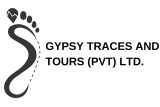
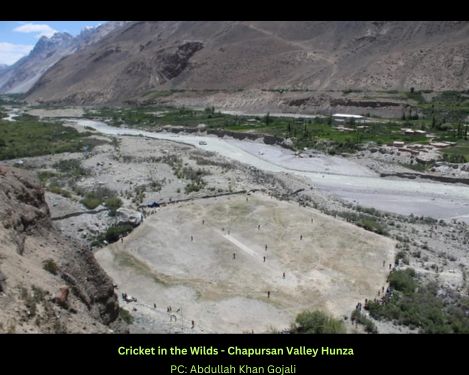
0 Comment